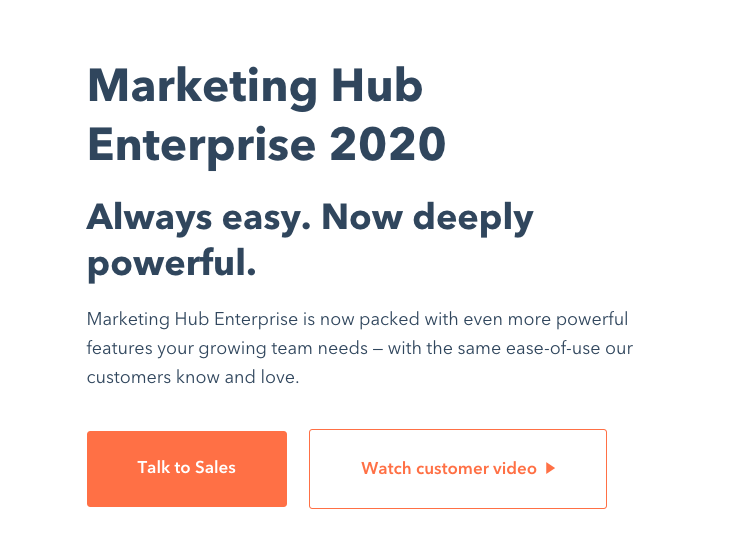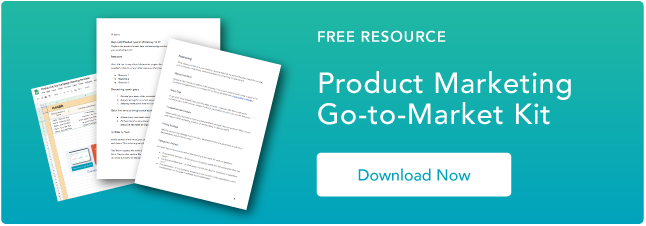You most likely know the basics of marketing a product: know your audience, execute a social media campaign. Here are a few more ideas to get the ball rolling.
1. Experiment with messaging
If you plan to release a series of products under your brand, don't be afraid to play around with names. Let's reference all of the streaming services that are coming out. A lot are extensions of the brand name, but they still have relevance within and among the brand.
Disney+, HBO GO, even YouTube TV. All of these services stuck to their brand and it worked for them. However, NBC's service, Peacock, is a little bit different.
The name sticks out. It's not just an extension of the network, but a call to the rainbow peacock in the brand's logo. This idea, while interesting, is highly experimental and still has brand relevance.
While playing with names can be a risk, it makes you stick out among the competition among a saturated market. Think about how you can differentiate your social media usage so it's specific to your launch, or if you can create content offers that directly support your campaign.
2. Stick within your industry
Naturally, businesses that get bigger expand their range of products and services. For instance, a beauty company that starts off selling lipstick on Instagram, after growth, can start selling products for the entire face.
Similarly, a marketing company that starts out selling one product, like an automated email service, could eventually expand into then releasing automated marketing software across multiple fronts.
When releasing a product, think about future product stacks. What will that look like? Sticking within your industry is most likely ideal, so you don't end up with a launch similar to Life Savers Soda, an idea that was too far from Life Savers' original candy brand to work.
3. Tell a story
One of the sure-fire ways to market a product successfully is to tell a story. Stories get the emotional side of consumers, and, when done successfully, can be something they relate to.
When you think of the last time you felt something while seeing an ad, you can probably instantly recall what you felt and what ad it was. Stories, like the famous Coke commercial, make consumers remember your brand, as well.
For SMBs, adding a story to your product could help possible leads understand what your product is, especially if it's a new take on an existing stack of products.
4. Deliver a realistic promise
Your release is centered around accomplishing a list of goals, right? Customers want to be delighted if you display how your product solves their problem in an accurate.
Simply put, if you promise something in marketing that isn't true to size, it's best to not go in a different direction.
Think of the concept of DLCs (downloadable content) in video games. If a video game's marketing highlighted all of the features that are only available through an extra purchase of downloadable content, that's not being realistic or accurate with a marketing message.
Similarly, don't market things that aren't yet created or approved. A brand's reputation is dependent on the product and conveying this in a way that speaks to customers accurately is essential to a positive campaign.
5. Take the leap of faith
Even though something like Life Savers Soda didn't work out for the brand, they did what other candy manufacturers wouldn't. Taking that leap of faith can be a good thing. Your brand exists because there was something missing in the market, tell that story.
Additionally, for inspiration, take this blog post from Ahrefs, "13 Things That Only Ahrefs Can Do."

The title of the blog post is not only eye-catching but a great move by Ahrefs to use a blog post as a promotional piece for their service. In marketing messaging, highlight how you're different. Launch campaigns for a new product are a huge moment to come out of the gate as something new and exciting.
Now that you have an idea of how to market products, maybe those are a bit niche or the first rollout for your brand. But let's talk about how to market new products that are either an extension or a different approach to a current stack.
HubSpot recently released a version of the Marketing Hub service for Enterprise customers, or customers that are a bit bigger than an SMB and find those services to be a little limiting.
Because HubSpot has other versions of the Marketing Hub like Pro, the product marketing team had to figure out a launch that kept HubSpot's brand in mission intact but also appealed to Enterprise customers. Ari Plaut, Product Manager for HubSpot's Enterprise launch, explained how that was accomplished.
1. Think of the customer
When you're marketing a new product in a line of others, think of the customer. How the positive reception has fueled the launch and how you plan to improve the customer experience.
"Put your customer and partners first," Plaut said. "In today's over-crowded marketplace, your customers trust each other more than they trust your brand."
Take a look at the language of the description of the MHE homepage, and how it keeps customers in mind.

Keeping the consumers in mind, using customer-centric language will strengthen the integrity of the launch and remind prospective leads why they should pay attention. It also helps when marketing to a different target audience, like HubSpot.
2. Create a case study
Another way to market a new product is to leverage your resources. Create a case study and use that to tell the story of a satisfied customer.
Customer stories or product demos do the talking for you. If I'm looking to buy a new laptop for work, I'm going to ask colleagues for their opinion. I'd rather hear how a product works from a partner to envision how it works for me in reality.
Plaut said, "We worked with our partner to create an amazing case study. It focused on the impact Marketing Hub Enterprise had on the customer."
To do this, think about the praises you've gotten from customers and invite them to participate to a case study for your new product. Repeat, loyal customers are more willing to help out and also provide enough knowledge of the product to give helpful feedback that'll fuel a lead's decision.
3. Highlight your good side
You want to look good, right?
When promoting a new product, show yourself off. If you've won any awards or have come across praise of your service that sticks out (or could connect with your audience on a personal level), show why others should pay attention.
When talking about highlighting accolades to fuel a launch, Plaut told me, "We highlighted G2 awards in our content, which is based solely on user reviews."

Because Enterprise is a product focused on Enterprise customers, highlighting awards won on that level puts HubSpot's reputation before its service. Plaut said, "We're highlighting our high NPS in all our content — our customers are happy, and we're proud of it."
4. Include successful customers
In the same wheelhouse as putting customers and partners first, here is another way to market while being customer-obsessed: by spotlighting high-profile customers you may have.
Maybe they're influencers with a large social media following or a podcast that gave you a shout-out. Customers that would support what you're launching are ideal to spotlight here.

If you're adding a product fit for customers that have a specific need for it, pointing to them and explaining why those customers trust you put out a more trusted reputation.
Said Plaut, "We're including logos of our most successful customers in all our assets," because they help tell the story of your product as much as visual charts and demos do.
Thinking about product launches requires all hands on deck, no matter how large your marketing team is. Thinking about diverse perspectives and what customers want to see can help you frame your campaign so it's helpful.
What educational content can you provide, how can you delight customers with what you're doing? Also think about your existing resources and how they can work for your new product because sometimes, great campaigns come from a product review.
Product Marketing







![The 6 Stages of the Product Life Cycle [+Examples]](https://53.fs1.hubspotusercontent-na1.net/hubfs/53/product-life-cycle_0.webp)

![How to Create a Product Launch Email [Outlines + Templates]](https://53.fs1.hubspotusercontent-na1.net/hubfs/53/create-a-product-launch-email_5.webp)


